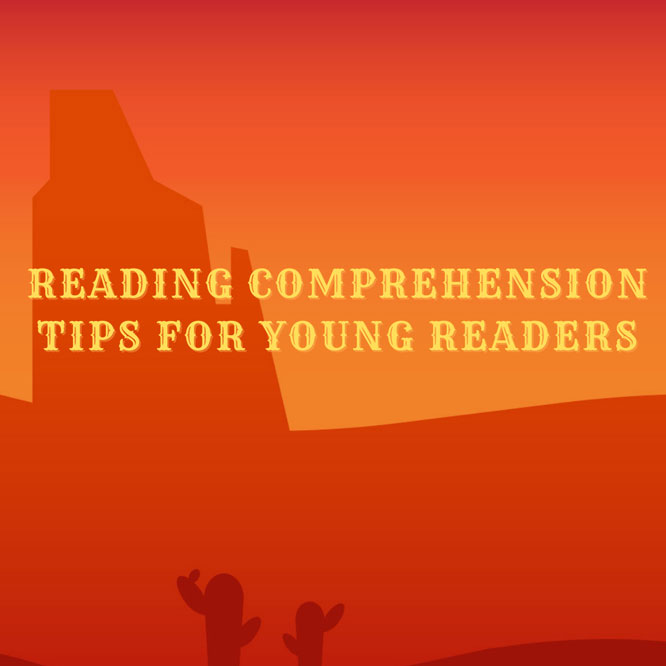Tips for Better Comprehension
There are several characteristics we associate with good readers and good comprehension skills. Understanding the message the author is trying to share when you read is essential, and we call this comprehension. If young readers can’t understand what an author is saying or if it does not match their own experience, they will not be able to remember or appreciate the ideas in the text. To become better at comprehension(and therefore better learners), use these tips in this blog to help coach your young reader:
When you think about reading as an active process, it’s easier to understand why some people have trouble. Still, these same skills can help them figure out solutions for those difficulties if they arise! For example, readers might use their experience and knowledge of the world (vocabulary), language structure, or text complexity to make sense of what they’re reading when there are problems with understanding.
Parents and Teachers
Your role as a parent and teacher is crucial in helping your young reader develop their comprehension skills. Readers who have good instruction tend to do a better job of understanding and remembering what they read, as well as communicating with others verbally or through writing about the material on which those conversations focus (i..e., “I just finished reading this article talking all about how ____”)
Hare a few tips on creating good comprehension skills:
Use experience and prior knowledge.
Encourage your young reader to integrate their experiences and knowledge of the text into what they read. It won’t be possible for every reading situation, but it is essential to incorporate these elements to create a deeper understanding and personal connections with the material.
Make predictions.
Ask questions like “What do you think will happen next?” This will help your reader better anticipate what’s coming and gain insight into the text.
Draw inferences.
This is an integral part of understanding and interpreting the text. Encourage your reader to conclude using context clues, logic, and evidence from the text. Clarify any unfamiliar words or concepts. This is an essential part of understanding and interpreting the text. Encourage your reader to draw conclusions using context clues, logic, and evidence from the text. Clarify any unfamiliar words or concepts.
Self-check.
Have your reader take a moment to pause, reflect and ask themselves questions. Doing so will help them better process the material they’ve read and make sure they understand it.
Form images while they read
When we read, our brains are active and processing what is happening in the story. So even if you don’t picture anything while reading, it’s better for your memory because when someone envisions their thoughts while they read, they remember more than others who do not create images as they go along.

Summarize
Summarizing requires students to determine what is important in the text and then put it into their own words by retelling, verbally or in writing. Instruction on summarizing can help young readers become more purposeful as they read and improve their comprehension skills. I hope this gives you some quick ideas on helping your young reader improve those critical comprehension skills. Thanks for reading!


